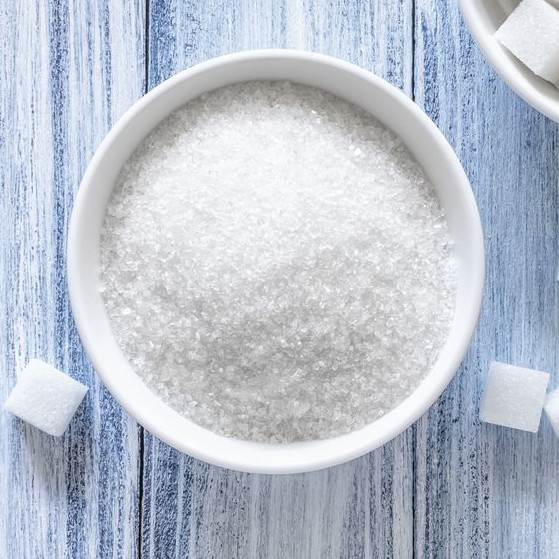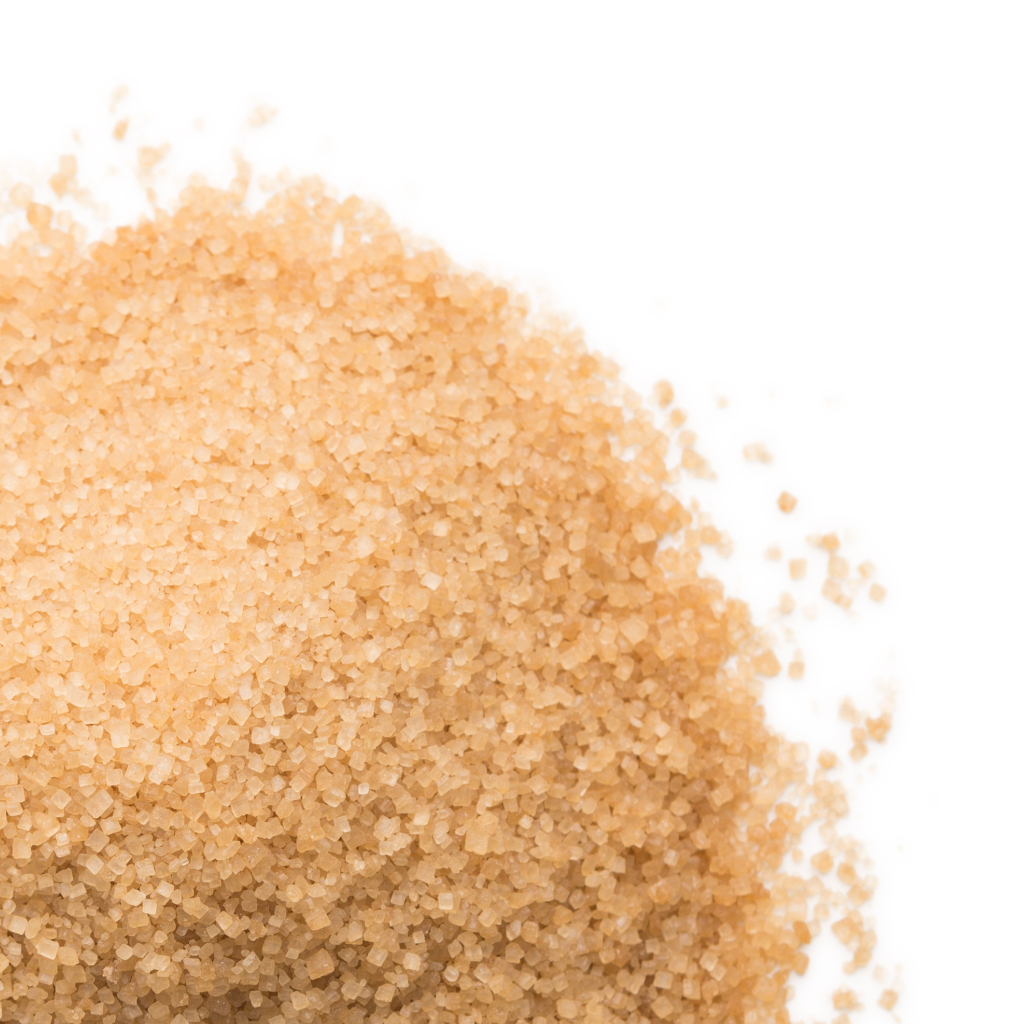Cane Sugar Processing Explained: What Takes Place Inside a Sugar Mill
Cane Sugar Processing Explained: What Takes Place Inside a Sugar Mill
Blog Article
Comprehending the Crucial Methods and Technologies Used in Modern Walking Cane Sugar Processing
The development of cane sugar handling has been considerably shaped by the assimilation of advanced techniques and innovations that resolve both performance and sustainability. As we explore these essential advancements, it ends up being important to check out exactly how they not just enhance manufacturing yet additionally line up with wider market trends and customer demands, raising inquiries concerning the future of sugar handling and its ramifications for global markets.
Historical Context of Cane Sugar Processing
The historical context of walking cane sugar handling exposes a rich tapestry of farming advancement and cultural exchange that has shaped its growth over centuries. Originating in Southeast Asia, sugarcane was grown as early as 8000 BCE - Cane Sugar Processing. The procedure of drawing out and fine-tuning sugar got energy in India, where techniques for formation were refined around the 6th century. This understanding went across to the Middle East, and by the 12th century, sugar ended up being a valued asset in Europe, causing the facility of sugar plantations in the Mediterranean.

Advanced Extraction Techniques
Effectiveness in cane sugar extraction has seen significant innovations, driven by the requirement for higher yields and lower manufacturing expenses. Conventional methods have developed, paving the way to cutting-edge innovations that boost the efficiency of the extraction procedure. One remarkable development is making use of enzyme-assisted removal, in which particular enzymes break down cell wall surfaces and release even more sucrose from the walking stick fibers. This technique not just boosts sugar return however additionally minimizes the power needed for handling.
In addition, the fostering of membrane layer filtration innovations, such as nanofiltration and turn around osmosis, has revolutionized the separation of sugar from contaminations. These approaches permit the selective permeation of sugar molecules while maintaining bigger pollutants, enhancing the extraction procedure and decreasing waste.
In addition, the combination of constant extraction systems has actually brought about enhanced operational efficiency. Cane Sugar Processing. These systems maintain a constant flow of walking cane product, making certain optimum removal problems and decreasing downtime related to set handling
Ingenious Refining Technologies
Refining techniques in walking cane sugar processing have undertaken a transformative shift, driven by the need for greater pureness and improved product high quality. One of the most significant technologies is the adoption of membrane layer filtering modern technologies, such as ultrafiltration and nanofiltration. These procedures effectively eliminate impurities and colorants without the requirement for extensive chemical therapies, thereby protecting the sugar's all-natural flavor and improving its allure.
One more substantial development is making use of ion exchange materials, which permit discerning removal of unwanted ions from sugar remedies. This innovation not just boosts the general pureness of the end product however additionally contributes to decreased waste and ecological impact.
Moreover, advancements in adsorption methods, making use of activated carbon and other advanced products, have actually shown efficient in decolorizing sugar options while keeping optimal find more information high quality. The combination of these ingenious refining modern technologies guarantees that manufacturers can create refined sugar with exceptional quality and taste, fulfilling the developing preferences of consumers.
Automation and Control Systems
Current improvements in refining technologies have led the method for substantial improvements in automation and control systems within walking cane sugar processing centers. These systems utilize innovative software application and hardware to boost operational performance, lower human error, and make certain constant item quality.
Modern automation integrates numerous elements, including sensing units, actuators, and programmable logic controllers (PLCs), allowing real-time monitoring and control of vital processes. For example, flow, stress, and temperature level prices can be precisely regulated during extraction, information, and condensation stages, maximizing performance and minimizing waste.
In addition, advanced data analytics and maker understanding algorithms play a critical role in anticipating upkeep, enabling operators to expect equipment failings before they take place. This proactive strategy not only lowers downtime however also prolongs the lifespan of equipment.
On top of that, automation assists in the application of Sector 4.0 principles, encouraging sugar mills to accomplish better connectivity and information exchange across procedures. Therefore, decision-making ends up being more active and educated, ultimately enhancing the general competition of cane sugar manufacturing. With these improvements, the industry is well-positioned to fulfill growing worldwide demands while keeping operational quality.
Sustainability Practices in Sugar Production
Sustainability techniques in sugar production have actually ended up being increasingly crucial as the sector seeks to stabilize economic stability with ecological obligation. As customer awareness expands relating to the environmental effects of agricultural practices, sugar manufacturers are adopting innovative methods to decrease their eco-friendly footprint.
One substantial approach is the application of accuracy agriculture strategies, which utilize data analytics to maximize source use, such as water and plant foods. This reduces waste and lessens the effect on regional communities. In addition, numerous manufacturers are transitioning to eco-friendly energy resources, such as biomass from learn this here now sugarcane by-products, to power their operations, consequently decreasing dependence on nonrenewable fuel sources.
Water monitoring methods are likewise critical; rain harvesting and reliable watering systems aid minimize water deficiency concerns. Cane Sugar Processing. In addition, incorporated parasite monitoring approaches reduce chemical usage, advertising biodiversity and dirt health and wellness
Business social obligation initiatives are emerging, with firms buying regional neighborhoods and making sure fair labor methods. By embracing these sustainability techniques, the sugar sector not only enhances its reputation yet likewise contributes to an extra sustainable farming landscape, leading the way for future generations.

Verdict
In recap, modern-day walking cane sugar handling includes a series of advanced techniques and technologies that considerably improve effectiveness, yield, and sustainability. The fostering of cutting-edge removal and refining techniques, together with automation and control systems, assists in enhanced operational performance and item top quality. Moreover, the focus on sustainable practices highlights a commitment to reducing environmental influence and advertising moral production. Jointly, these innovations place the walking cane sugar sector to satisfy contemporary demands while dealing with vital worldwide difficulties.
The development of walking cane sugar processing has been considerably shaped by the assimilation of sophisticated techniques and innovations that resolve both effectiveness and sustainability.The historical context of walking stick sugar processing discloses an abundant tapestry of farming advancement and cultural exchange that has actually formed its development over centuries. Technologies in milling and refining emerged, laying the groundwork for modern-day cane sugar handling.Refining methods in walking cane sugar processing have actually undergone a transformative change, driven by the demand for greater purity and enhanced item top quality.In summary, contemporary walking stick sugar handling incorporates a variety of innovative strategies and technologies that dramatically this enhance effectiveness, yield, and sustainability.
Report this page